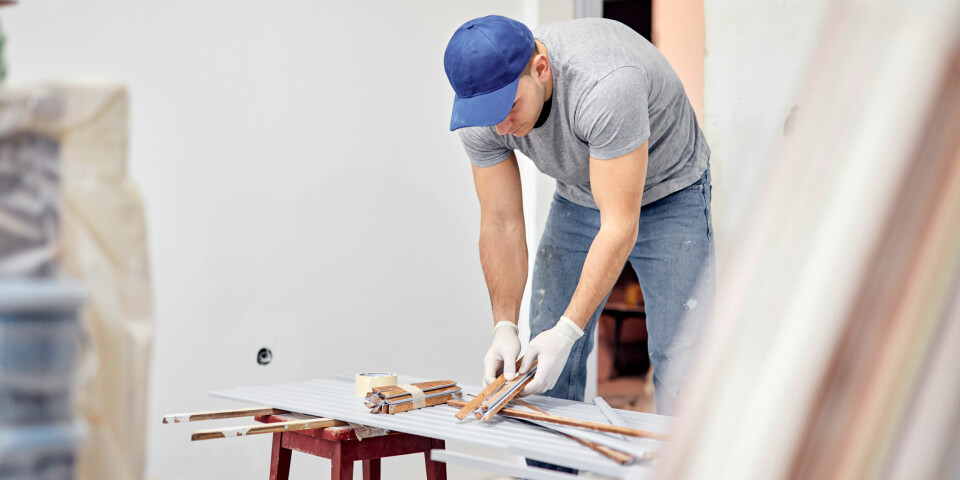Artwork borrowers: the return of the artothèque in France
The Ministry of Culture announced a plan to expand access to contemporary art in rural France
Voyage Andalou, from 1981 by Bertrand Dorny, is one of the latest artworks made available to borrow from the artothèque in Nevers
Bertrand Dorny
The Ministry of Culture announced a €4-million investment plan last February to expand and strengthen artothèques (a place for the display and borrowing of contemporary art) in rural areas, hoping to give greater access to contemporary art and preserving cultural heritage.
It plans grants from €15,000 to €50,000 to every association, museum, community youth and contemporary arts centre willing to strengthen its art catalogue. Twelve new etchings will be given to artothèques around the country, the Ministry announced.
“Access to art has always been envisioned as the public moving toward it. Artothèques flip the table the other way around,” said Culture Minister Rachida Dati, who unveiled the government plan during a visit to Caen’s artothèques, one of France’s biggest art collections.
Read also: Five exhibitions to see in France this summer
The suffix -thèque refers to a location where something is kept, preserved or conserved. Similarly to bibliothèque (library) where books are kept, artothèques are locations with free-access art pieces. The innovation is that some can be borrowed.
They often occupy small spaces in public areas with little or no information about the works but knowledge of their existence has fallen away over the decades, including amongst French people.
There are, however, 60 artothèques across France, according to several estimations, many dating back to the 1980s and with a catalogue of several hundreds to thousands of art pieces to visit or borrow.
Marjolaine and Xavier Lucron, a couple living in Mers-les-Bains (Somme), were the first inhabitants to borrow two paintings from the newest artothèque, which opened last March. They can keep the works at home for two months.
Nevers (Nièvre) exhibited 250 contemporary arts from its artothèque collection as part of ‘Toutes voiles dehors’, a free exhibition from February 11 to April 26. The municipality of Clermont-Ferrand even used 30 of its billboards to display art across the city.
The history of artothèques
The significance, importance, relevance and history of artothèques have been widely studied and reported in academic publications, government reports and in master’s theses. However, the art they display are often seen as reserved for the upper-class or the elite.
They were dreamed up by André Malraux, French writer and former minister of Culture in the 1960s, as part of the Maison de la Culture project.
The first two artothèques opened in Le Havre (Seine-Maritime) in 1961 and Grenoble. Their numbers boomed during the 1980s under the first presidency of socialist François Mitterrand.
The state progressively withdrew from artothèques by the late 80s, leaving their responsibility to local authorities.
L’Association de développement et de recherche sur les artothèques (ADRA) was created in 1999 to valorise them and put them into the spotlight.
“A fine collection of borrowable contemporary art is an invaluable showcase and an even greater magnet for encouraging and multiplying human exchanges around culture,” said Christelle Petit, from the public service department at the Enssib library in Villeurbanne, in her 2010 master’s thesis.
Read also: 'I found my voice when I joined a French choir'




























